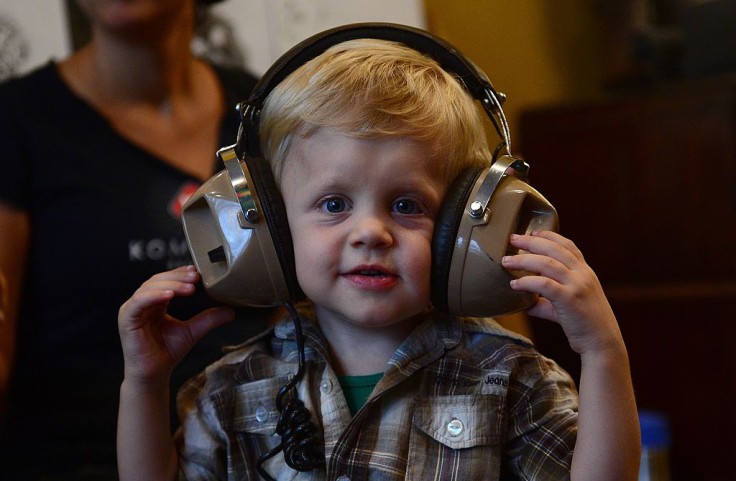
In a groundbreaking AI breakthrough, researchers at New York University have discovered a remarkable connection between artificial intelligence (AI) and the language development of babies.
New York University researchers have achieved an extraordinary breakthrough in AI, revealing an unexpected link between artificial intelligence and the language development of infants.
This study, now published in Science, showcases the potential for AI models to emulate the early language learning observed in babies, revolutionizing the landscape of AI language acquisition.
AI Breakthrough: Mimicking Baby Learning
In a quest to explore the parallels between AI learning and early human development, the research team at New York University embarked on a groundbreaking experiment.
Despite the considerable difference in data access between AI models and infants, the results were nothing short of astonishing.
The AI model demonstrated the ability to match words to the objects they represented, akin to a child's genuine word learning capabilities.
To conduct this experiment, the researchers leveraged a unique dataset comprising 61 hours of video footage captured by a helmet camera worn by a toddler named Sam from Adelaide, Australia. Sam's visual experiences over one and a half years were meticulously paired with spoken phrases, creating an unparalleled dataset that offered a profound insight into a toddler's world.
The model, trained on 600,000 video frames and 37,500 utterances, successfully correlated words and objects, even within the dynamic and cluttered environment of a child's surroundings.
The Unique Dataset: A Window into Toddler Language Learning
The experiment's success can be attributed to the exceptional dataset derived from Sam's perspective.
The helmet camera captured Sam's interactions with his environment from the age of six months to just over two years, presenting a comprehensive snapshot of a toddler's daily experiences.
This dataset, deemed the best window into a child's access to information, allowed the researchers to train the AI model using a combination of video frames and corresponding spoken phrases.
Despite the complexity of the learning task, where words had to be matched to objects in diverse and cluttered settings, the AI model showcased a remarkable capacity to understand the associations.
This challenges traditional beliefs that children need an innate understanding of language, suggesting that certain aspects of language can be learned from a limited set of experiences.
Advancing AI Towards Human-Like Language Learning Abilities
While the breakthrough lies in the AI model's success in matching words to objects, researchers acknowledge that this is only one facet of language learning.
The complexity extends to understanding the rules governing how words are strung together, a challenge yet to be fully addressed.
The study, however, opens the door to developing AI models with more human-like language learning abilities.
The researchers aim to refine the model further, attempting to closely replicate early language learning in children.
This involves exploring additional factors such as the child's gaze, the solidity of objects, or the necessity for more extensive datasets.
The ultimate goal is to bridge the gap between AI and human intelligence by creating models capable of understanding meaning, responding intelligently to diverse situations, and dynamically learning from their environment.
This AI breakthrough signifies a departure from conventional AI models described as "lumbering statistical engines for pattern matching." Models that emulate human language learning could exhibit a more nuanced understanding of meaning and adaptability.
The research lays the foundation for AI systems possessing common sense, responding intelligently to diverse situations, and learning dynamically from their surroundings.